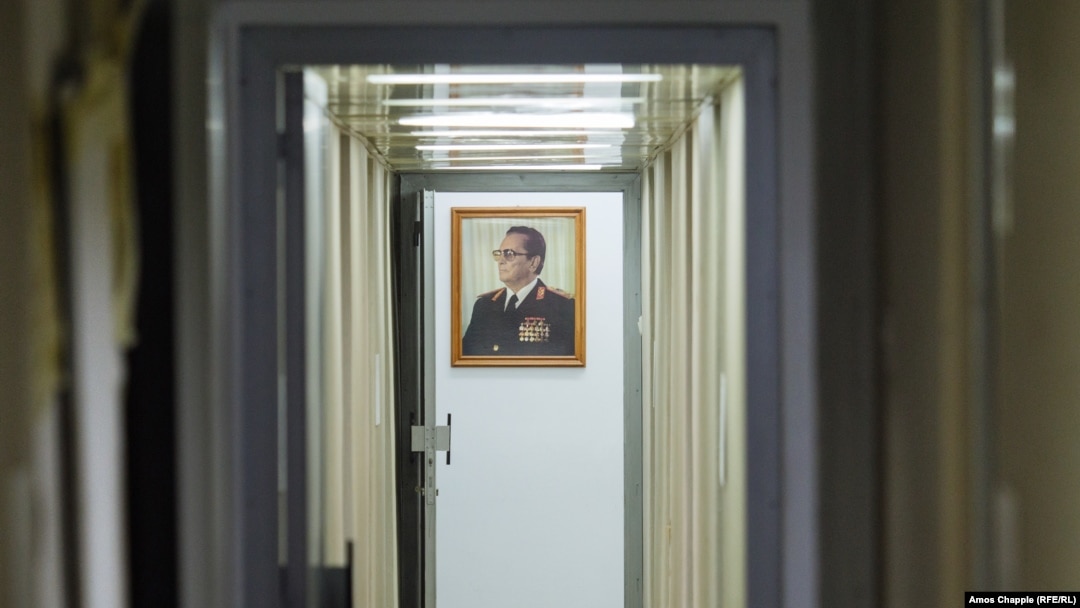Amid repeated hints from the Kremlin that nuclear war is again possible in Europe, a secret atomic bomb shelter in Bosnia-Herzegovina is seeing a surge in interest from tourists.
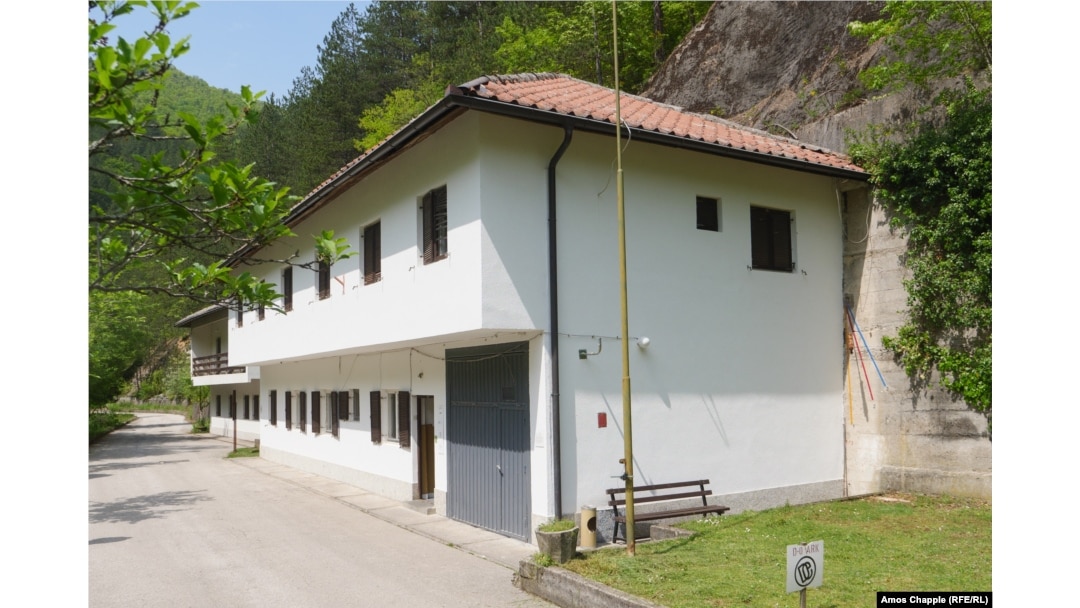
At first glance, this building, nestled in mountains near the Herzegovinian town of Konjic, looks like a typical Balkan hotel or holiday house...
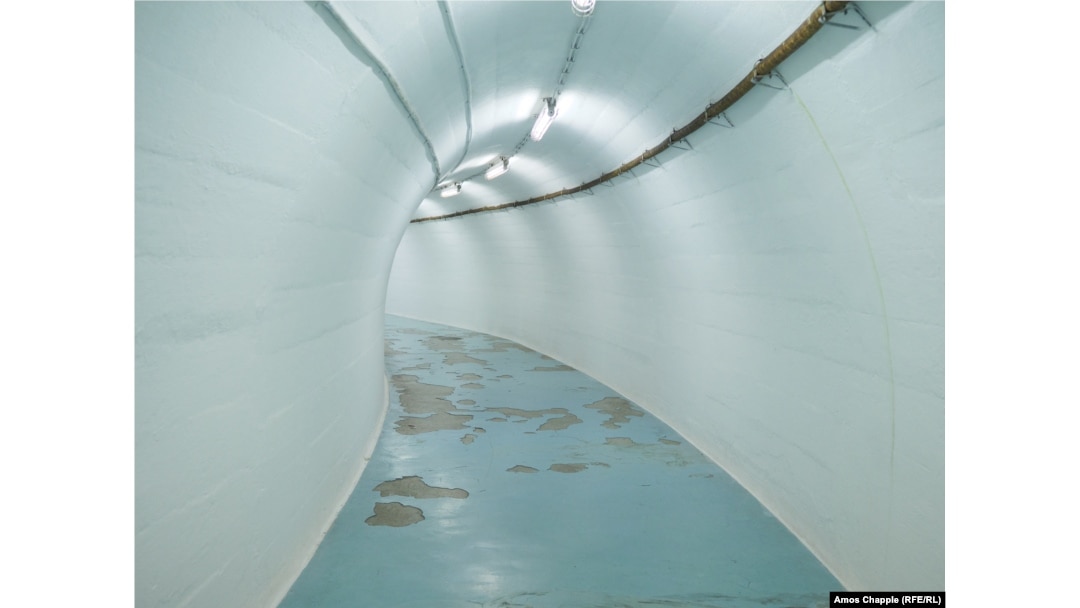
...but inside, a secret door leads to this passageway, burrowed straight into the mountain rock.
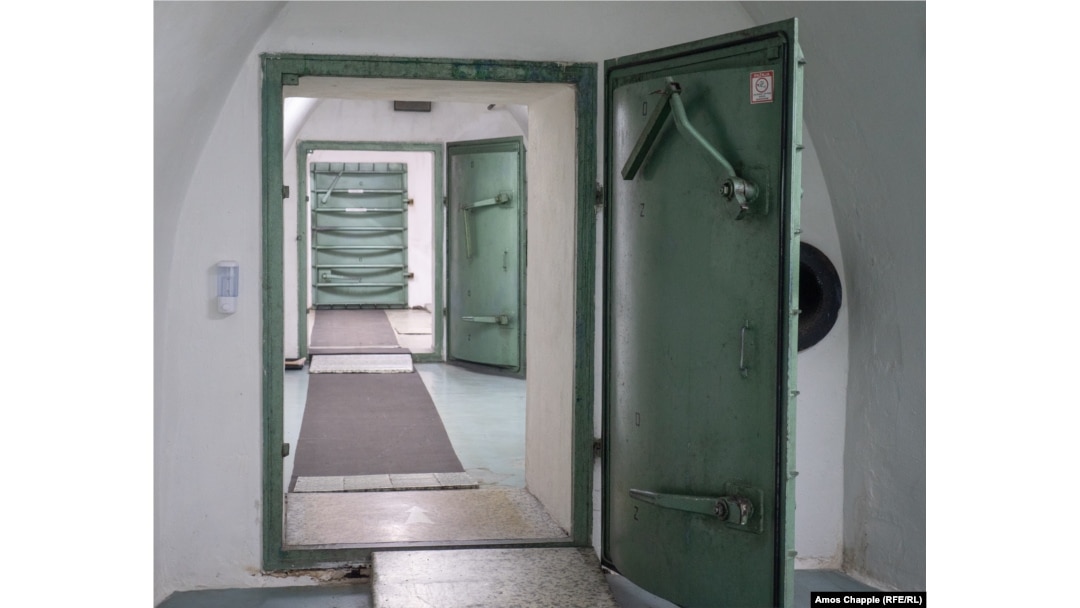
At the end of the corridor, a series of airtight blast doors more than 200 meters beneath the mountain lead to one of the most expensive and closely guarded secrets of Yugoslavia.
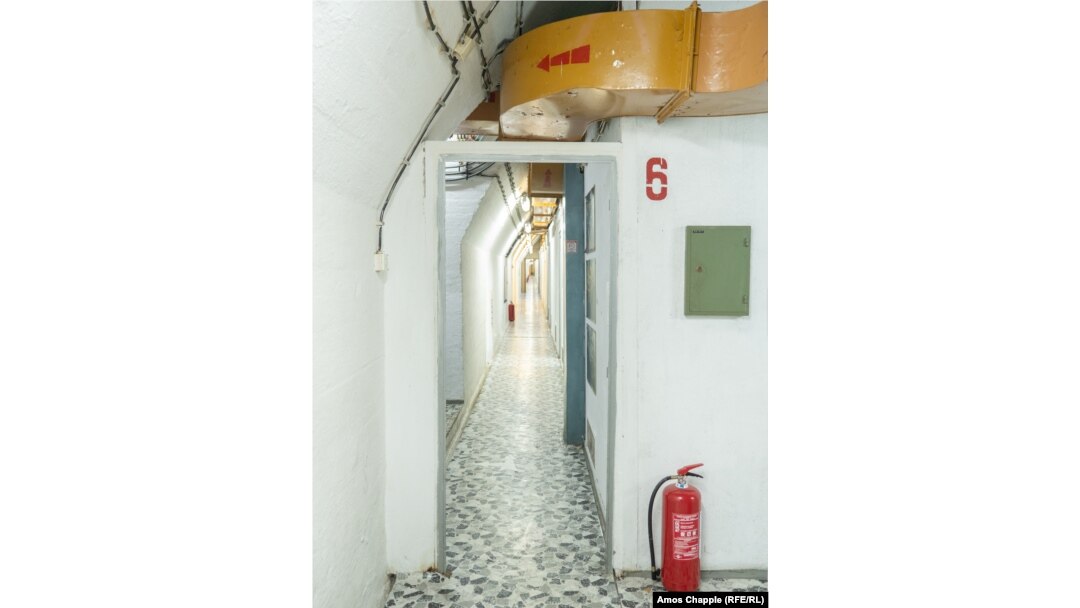
The underground facility served as Yugoslavia's "Atomic War Command," known colloquially as "Tito's bunker," after the late leader of the communist country.
A recording device inside an "intelligence" room in which communications within the bunker could be monitored
The underground base was designed to house a skeleton government of some 350 people, including the leaders of all six republics of Yugoslavia, who would manage the country in the event of nuclear war.
Teleprinters used to send typed messages through a communication network built for the bunker
Josep Broz Tito ordered the facility be built as the nuclear arms race between the Soviet Union and the West was heating up after World War II.
The entrance to a water tank in the bunker
The bunker cost a massive $4.6 billion to construct -- the equivalent of more than $20 billion today.
Ventilation pipelines inside the bunker
Construction began amid extreme secrecy in 1953 and the shelter was completed in 1979, just a year before Tito died.
Telephones that a guide says were direct lines to governments of the republics of Yugoslavia.
Workers were either blindfolded or transported in windowless vehicles to the worksite from their bases in Konjic. No local workers, who might recognize the location, were hired.
Telephones in a communications room in the bunker
The site of the bunker was chosen both for its centrality -- meaning government staff from across Yugoslavia could scramble to reach the site relatively quickly in the event of nuclear war -- and for the mountains that would have shielded the picturesque valley from a massive blast wave.
A tunnel leading to a well where fresh water could be hauled up from an underground spring.
With its doors sealed shut to nuclear war raging outside, the bunker would have been able to sustain life for the Yugoslav political elites inside for up to six months before needing resupplies of food and fuel.
A room built to house some of the rigorously vetted soldiers who served in the bunker
It is not known if Tito ever entered the facility, though he did visit an ammunition factory located a few hundred meters away in the same valley. The bullet-making factory is still in operation today, meaning visitors to Tito's bunker need official clearance to enter the site.
A tank holds diesel fuel to power the bunker.
In May 1992, amid the Bosnian War that followed the breakup of Yugoslavia, Colonel Serif Grabovica was ordered by his superiors in the Yugoslav People's Army to destroy the facility he had spent years guarding to prevent its capture by Bosnian fighters.
A massive American-made air-conditioning unit
Grabovica says that during a chaotic retreat into the mountains he sneakily cut the cables connected to tons of explosives that would have destroyed the bunker. The retired colonel later told Serbian media, "Despite the order, I couldn't bring myself to blow up the place where I spent the best years of my life and destroy the work of several generations just because of the command of insane leaders."
An art display of bullets hanging from threads inside a room in the bunker
The bunker remained secret for several years after the bloody breakup of Yugoslavia, before being partially opened to the public as the site of an art exhibition in 2011. Some artworks in the site today are confusingly similar to authentic bunker artifacts.
A guide leads a tour of mostly foreign visitors inside the bunker's conference room on May 9.
The last official count of visitors to the site is from 2019, when some 20,000 people ventured inside the bunker.
Pipes running from the well in the bunker
According to Amela Bubalo, from Konjic's tourism agency, 2022 has already seen a massive return of visitors to the site after the height of the COVID pandemic.
Bubalo told RFE/RL that despite Bosnia-Herzegovina maintaining some pandemic-related restrictions, visitors have returned in near-record numbers to the site amid repeated threats from the Kremlin of nuclear war breaking out over Ukraine.


